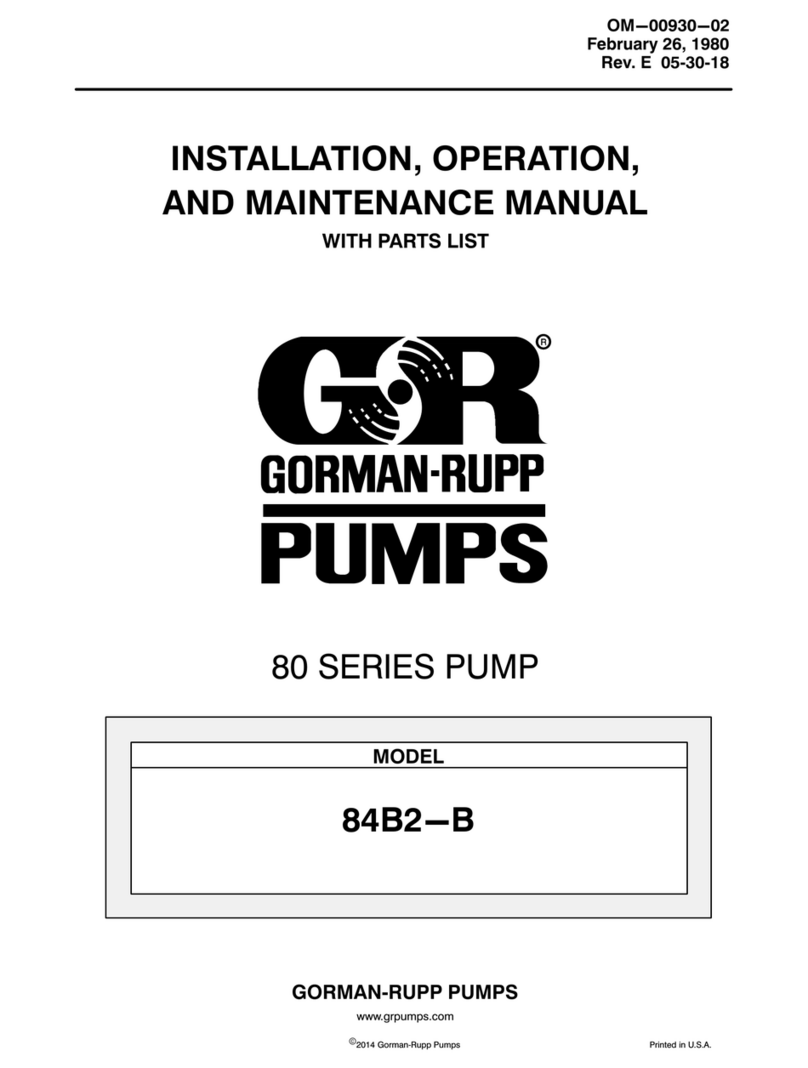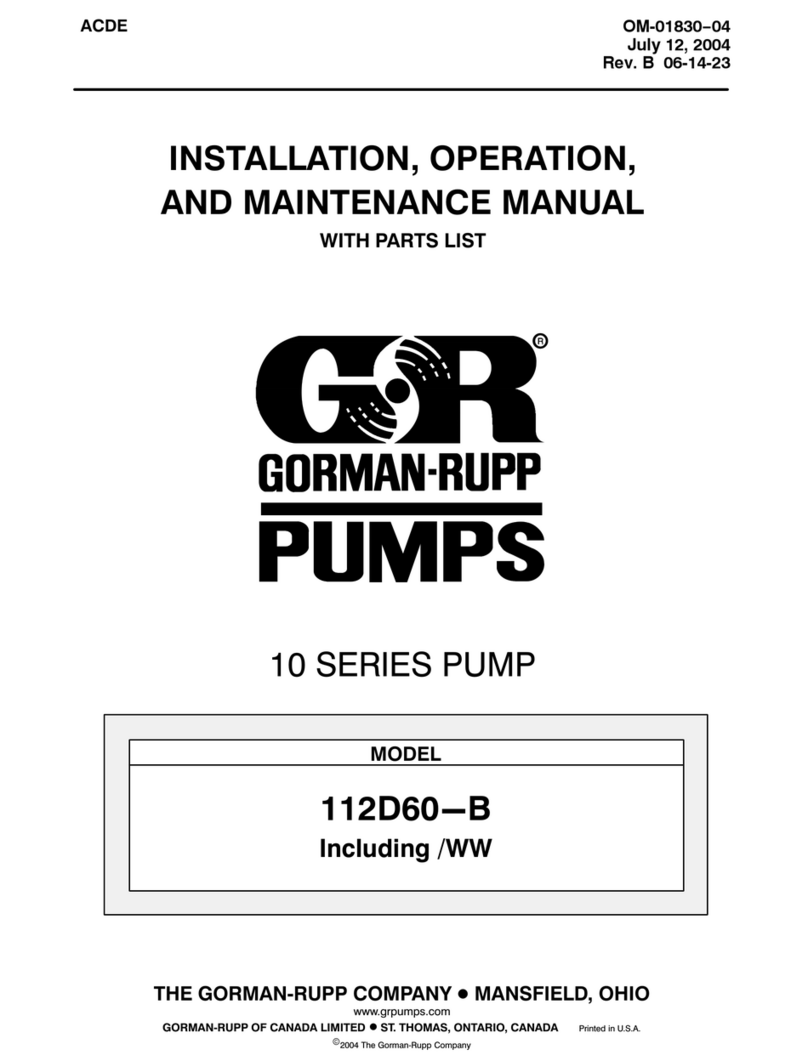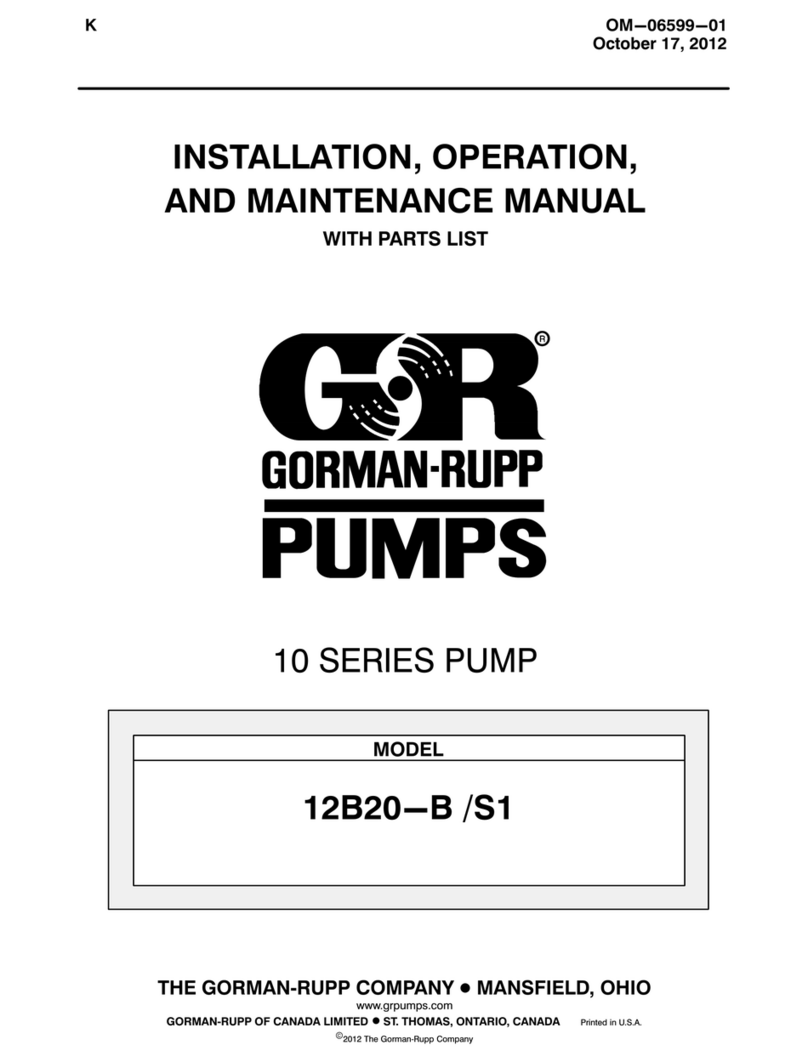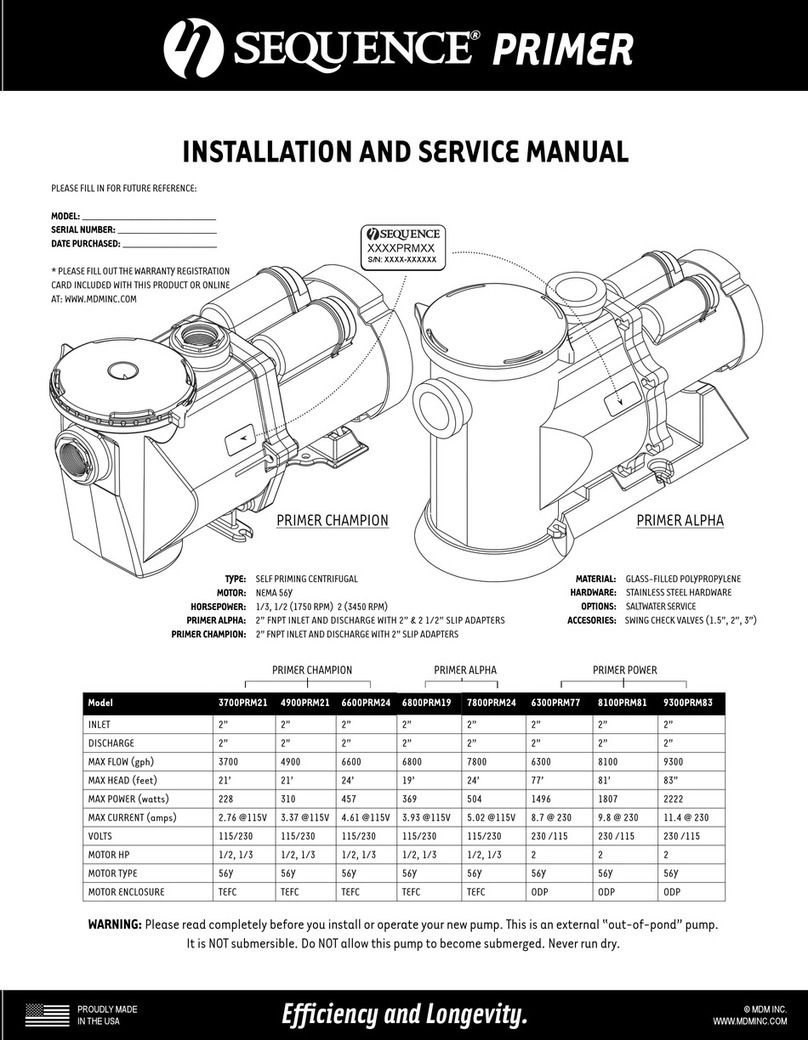GORMAN-RUPP PUMPS U3B60-B Application guide




















This manual suits for next models
1
Table of contents
Other GORMAN-RUPP PUMPS Water Pump manuals
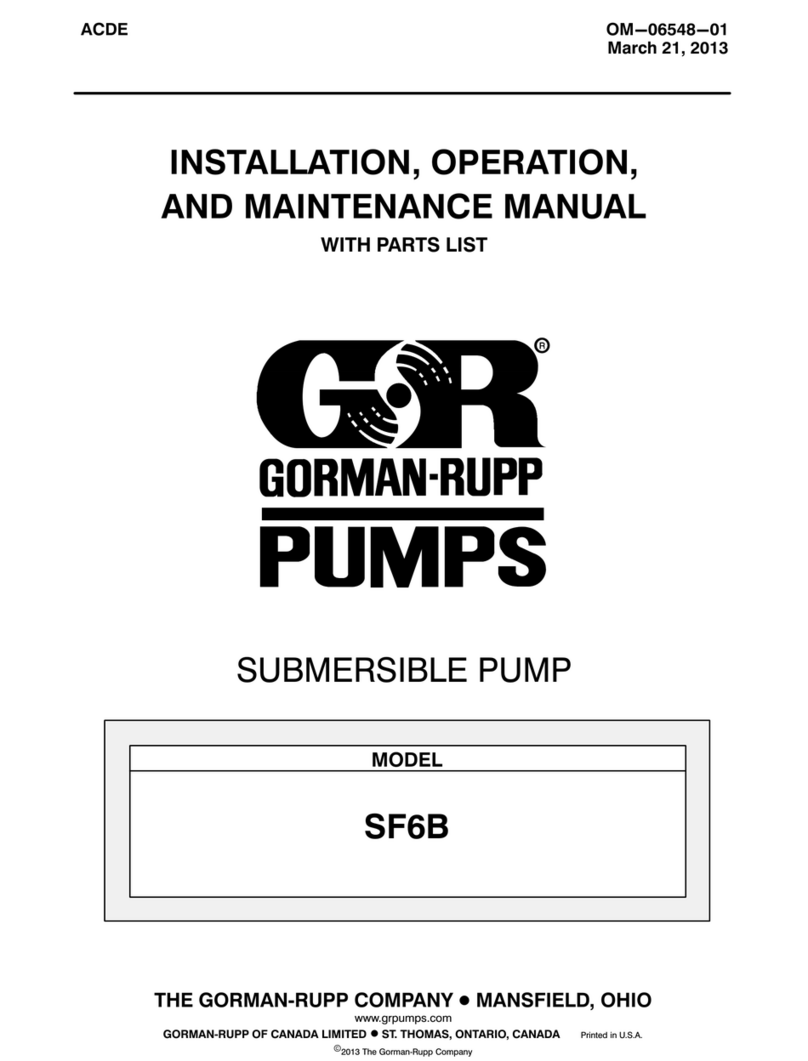
GORMAN-RUPP PUMPS
GORMAN-RUPP PUMPS SF6B Application guide

GORMAN-RUPP PUMPS
GORMAN-RUPP PUMPS 46146-041 Application guide

GORMAN-RUPP PUMPS
GORMAN-RUPP PUMPS 82D3-B Application guide
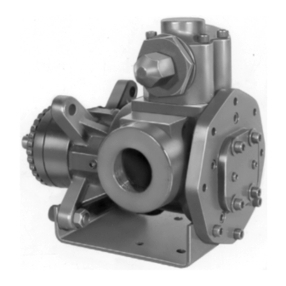
GORMAN-RUPP PUMPS
GORMAN-RUPP PUMPS GHC SERIES User manual
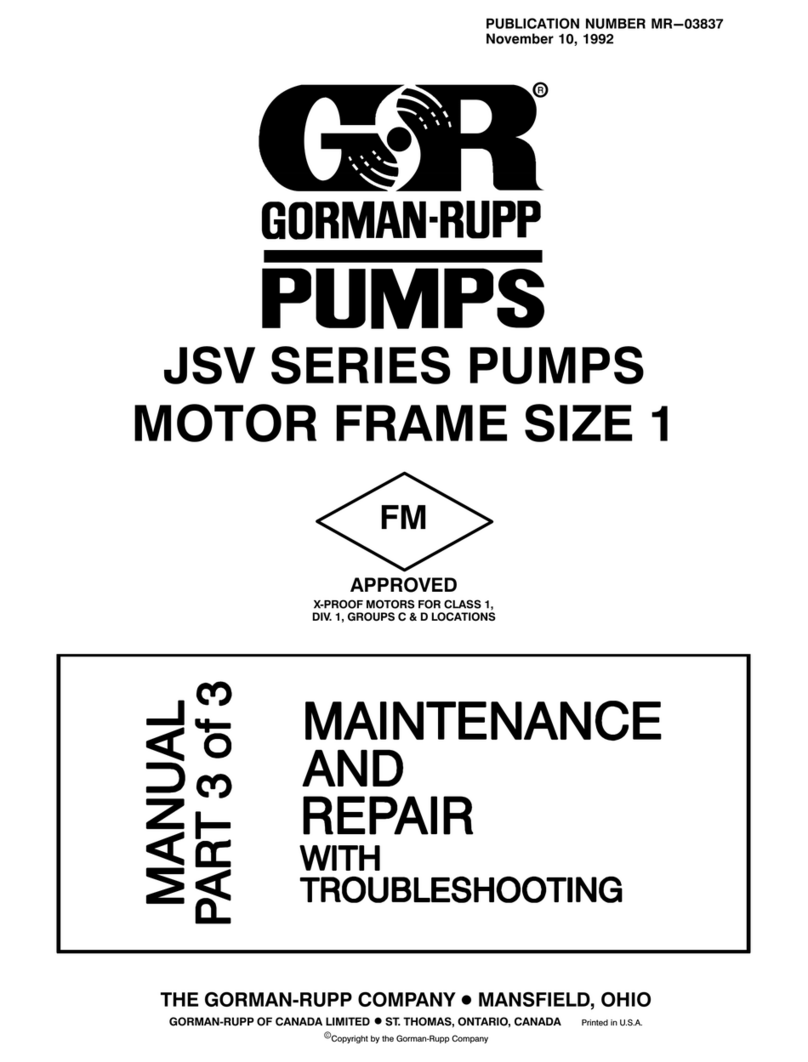
GORMAN-RUPP PUMPS
GORMAN-RUPP PUMPS JSV Series Setup guide

GORMAN-RUPP PUMPS
GORMAN-RUPP PUMPS 0 Series Application guide
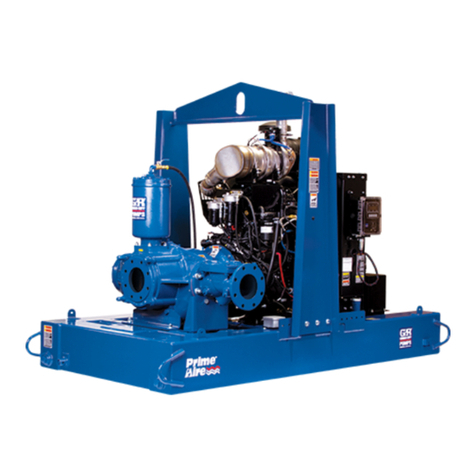
GORMAN-RUPP PUMPS
GORMAN-RUPP PUMPS PA Series User manual
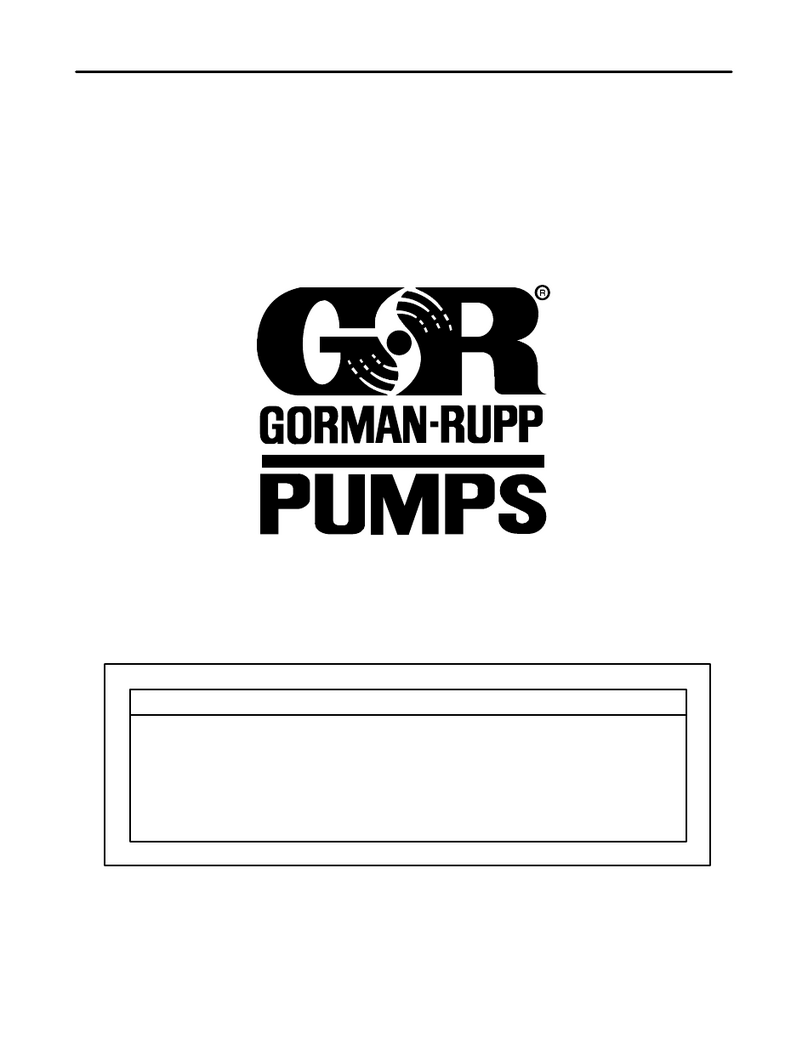
GORMAN-RUPP PUMPS
GORMAN-RUPP PUMPS PAH8A60-6090H Application guide
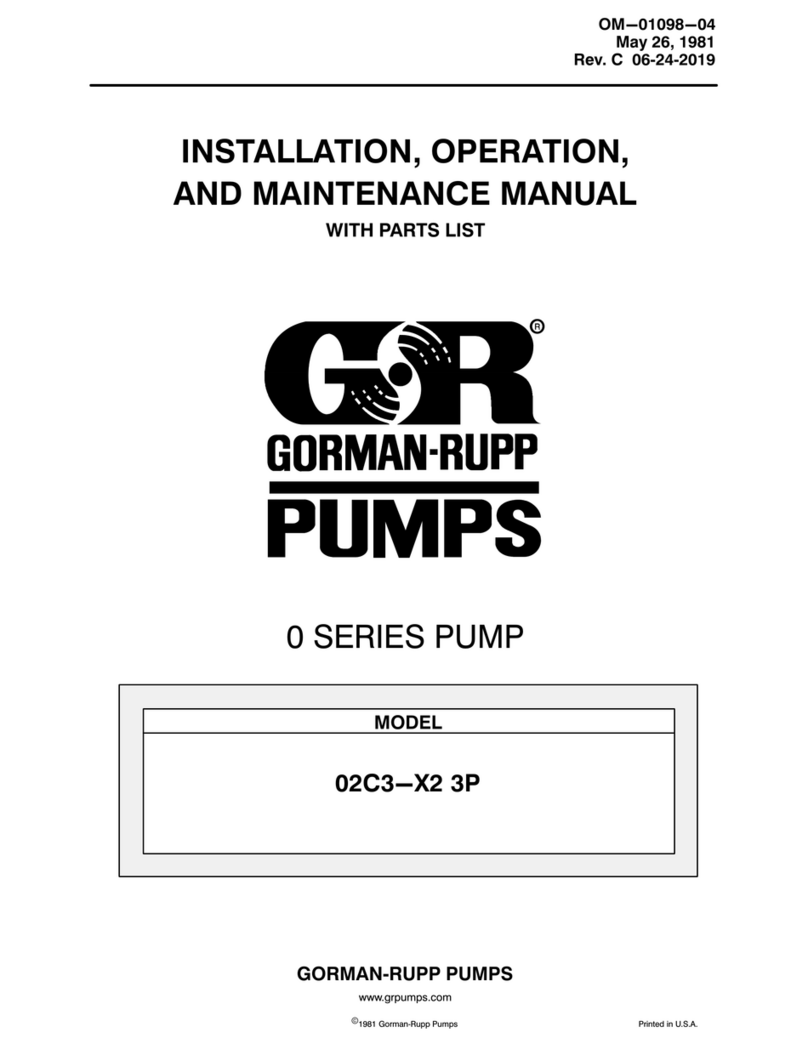
GORMAN-RUPP PUMPS
GORMAN-RUPP PUMPS 02C3-X2 3P Application guide

GORMAN-RUPP PUMPS
GORMAN-RUPP PUMPS 82D1-L70W FT4-X User manual
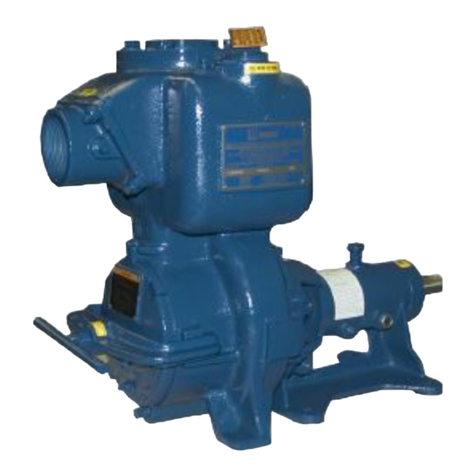
GORMAN-RUPP PUMPS
GORMAN-RUPP PUMPS 13A65-B Application guide
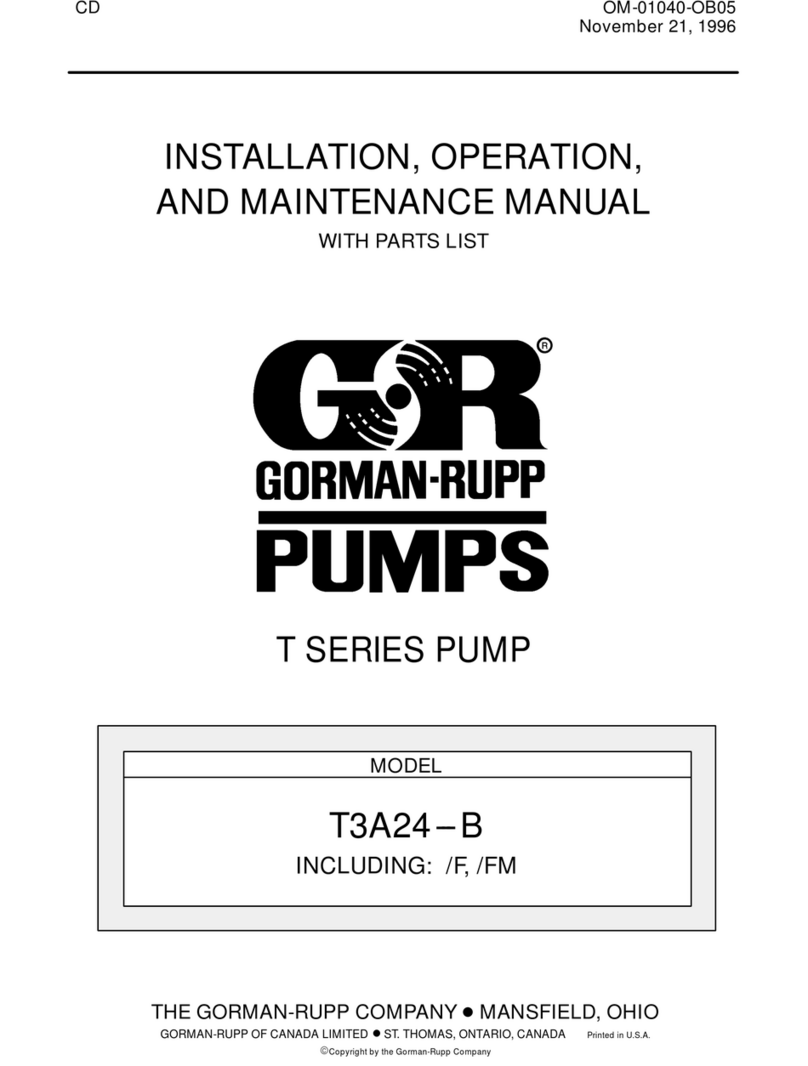
GORMAN-RUPP PUMPS
GORMAN-RUPP PUMPS T3A24-B Application guide

GORMAN-RUPP PUMPS
GORMAN-RUPP PUMPS 80 Series Application guide
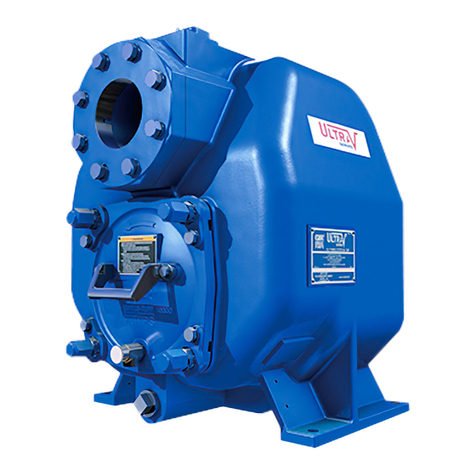
GORMAN-RUPP PUMPS
GORMAN-RUPP PUMPS ULTRA V V4C60SC-B Series Application guide

GORMAN-RUPP PUMPS
GORMAN-RUPP PUMPS 811/2B3-B Application guide
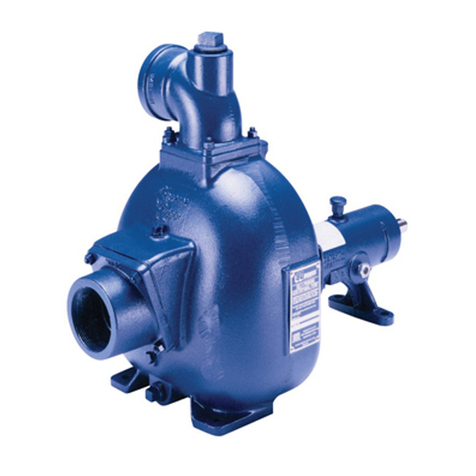
GORMAN-RUPP PUMPS
GORMAN-RUPP PUMPS 80 Series User manual
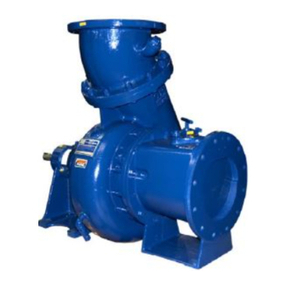
GORMAN-RUPP PUMPS
GORMAN-RUPP PUMPS 10 Series User manual

GORMAN-RUPP PUMPS
GORMAN-RUPP PUMPS 82E52-B Application guide
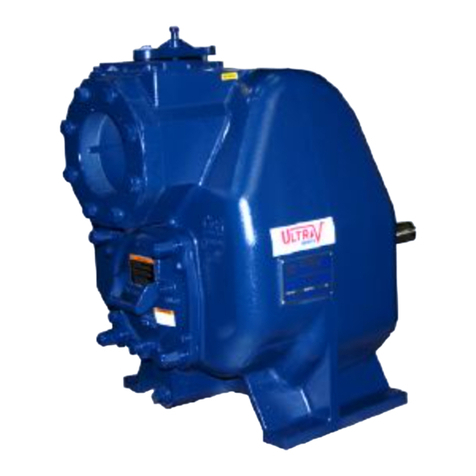
GORMAN-RUPP PUMPS
GORMAN-RUPP PUMPS ULTRA V V4A60-B Application guide

GORMAN-RUPP PUMPS
GORMAN-RUPP PUMPS 12D-1B30 FT4 Application guide
Popular Water Pump manuals by other brands

Elpumps
Elpumps VP 300 operating instructions
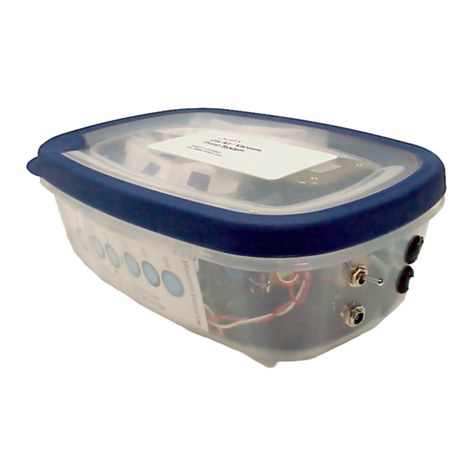
Hutech
Hutech CM50FS instruction manual
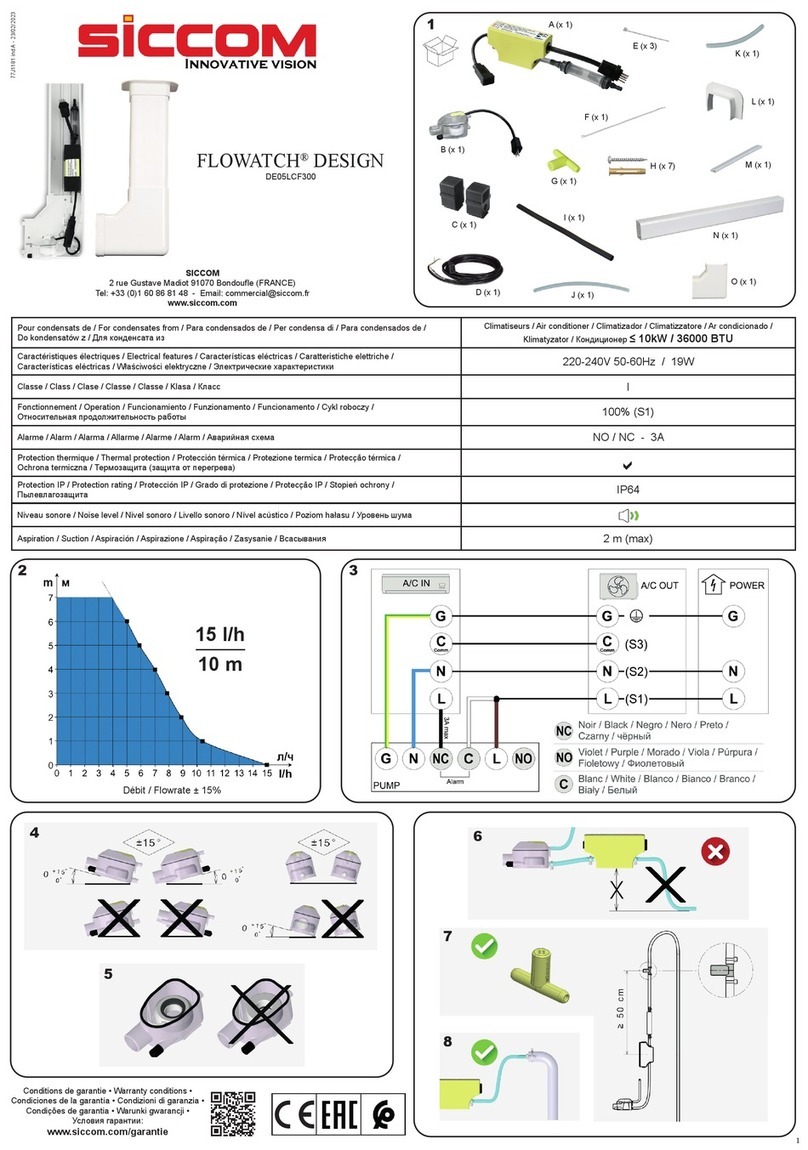
Siccom
Siccom FLOWATCH DESIGN DE05LCF300 quick start guide
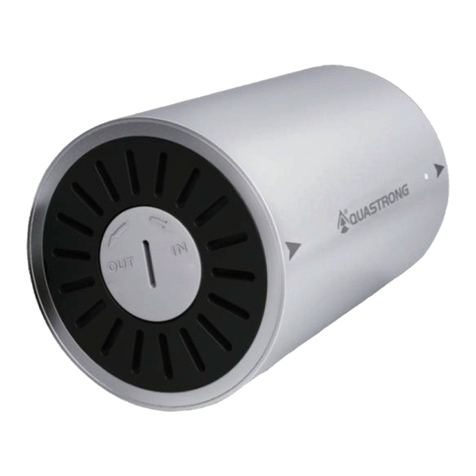
DAYLIFF
DAYLIFF AQUASTRONG CIRC 16 Installation & operating manual
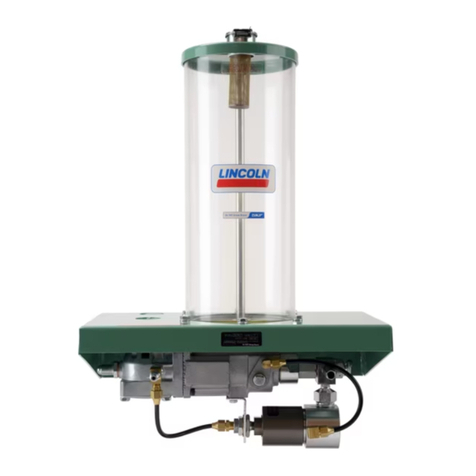
SKF
SKF H Series User and maintenance instructions
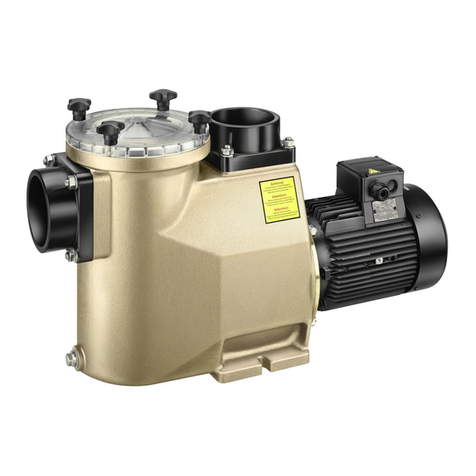
Speck
Speck BADU 93 Series Instructions for operating
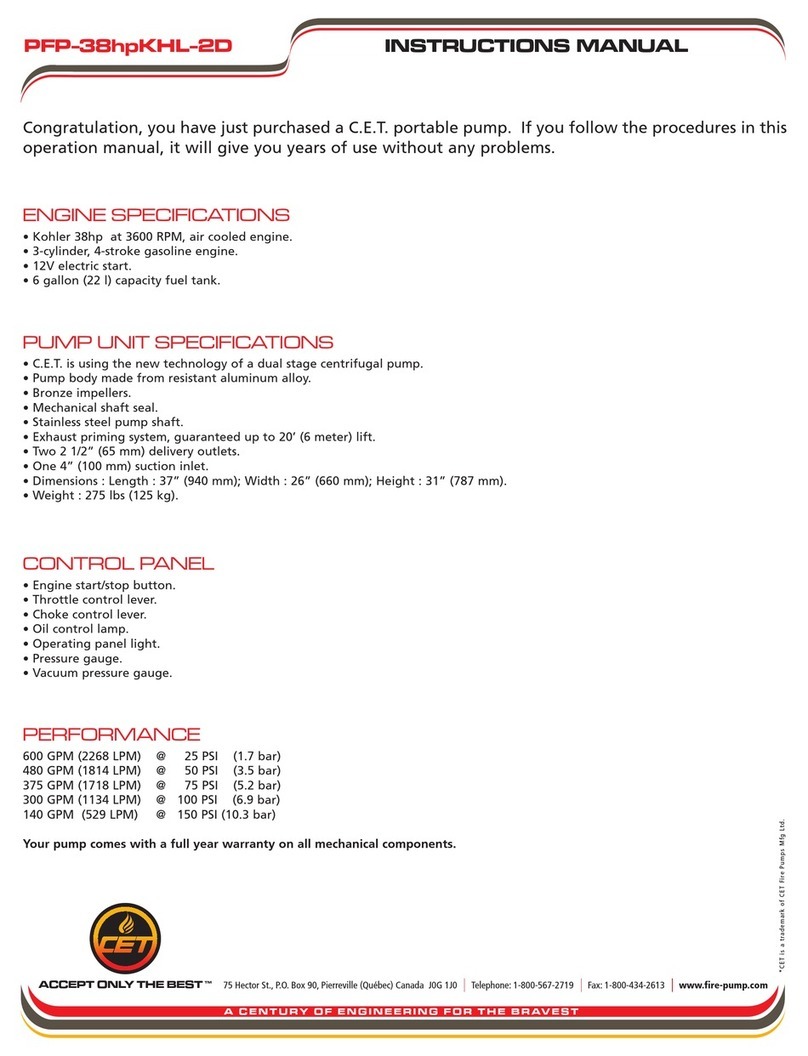
CET
CET PFP-38hpKHL-2D instruction manual
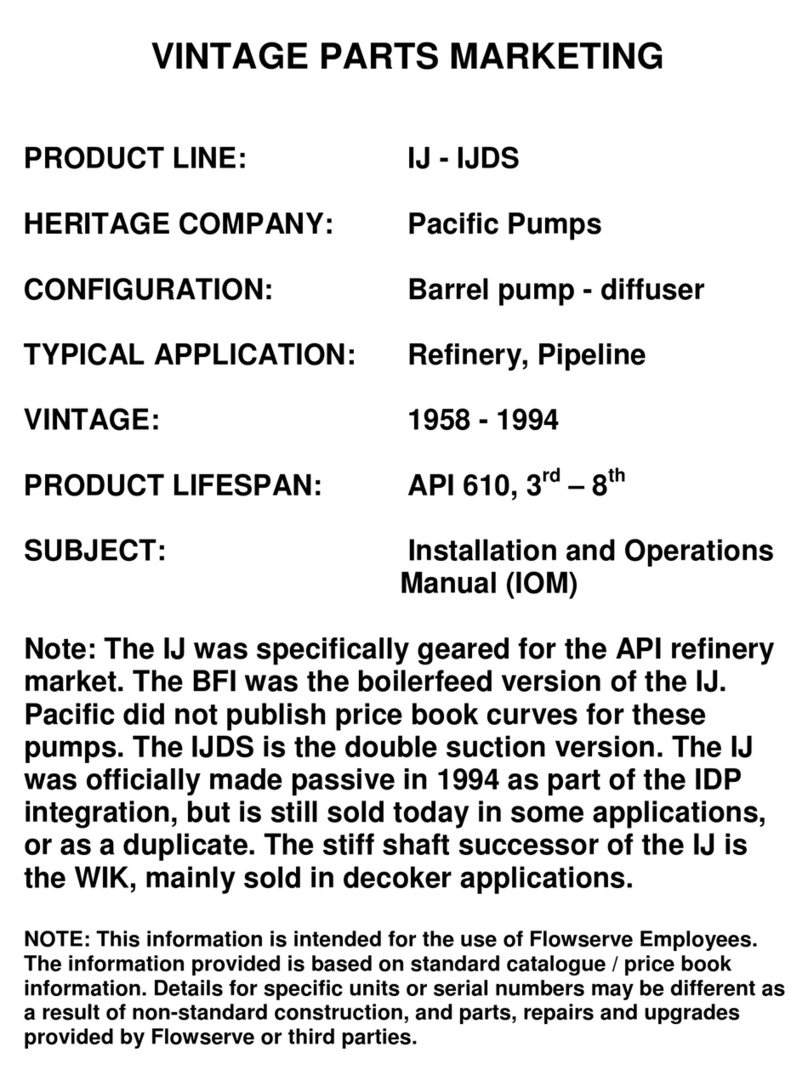
Flowserve
Flowserve IJ Installation operation & maintenance

Witt
Witt hrp 5040 Installation and operating instructions
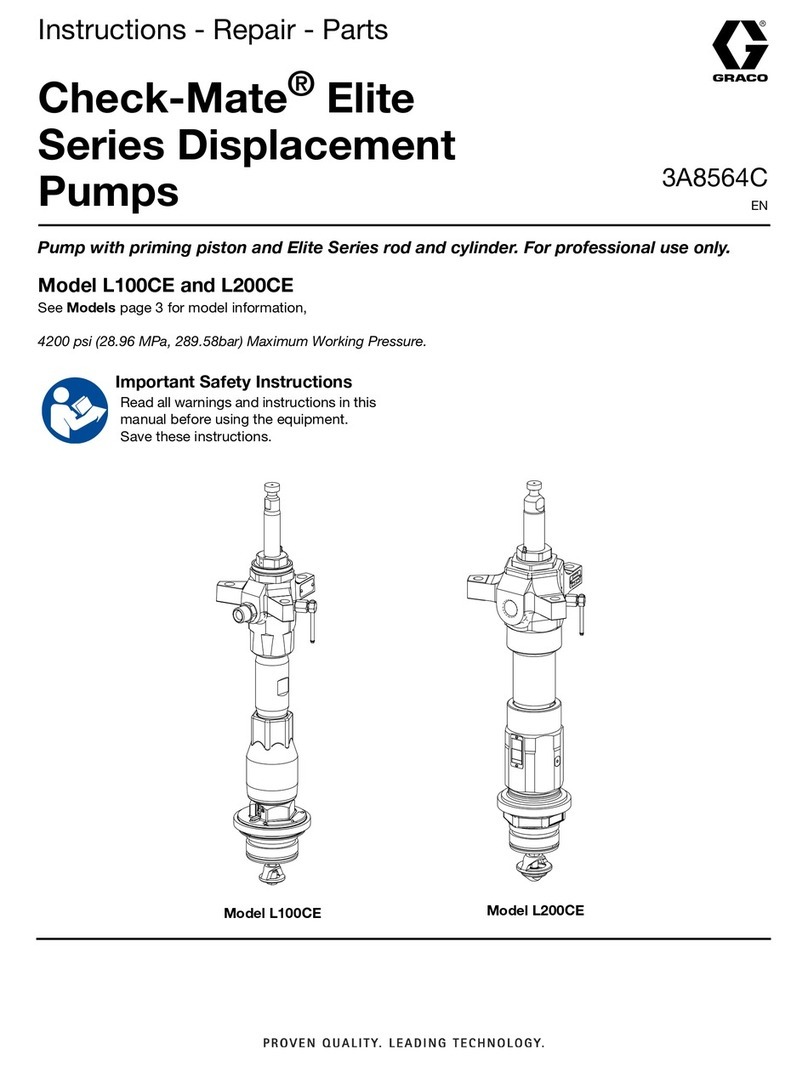
Graco
Graco Check-Mate Elite Series instructions
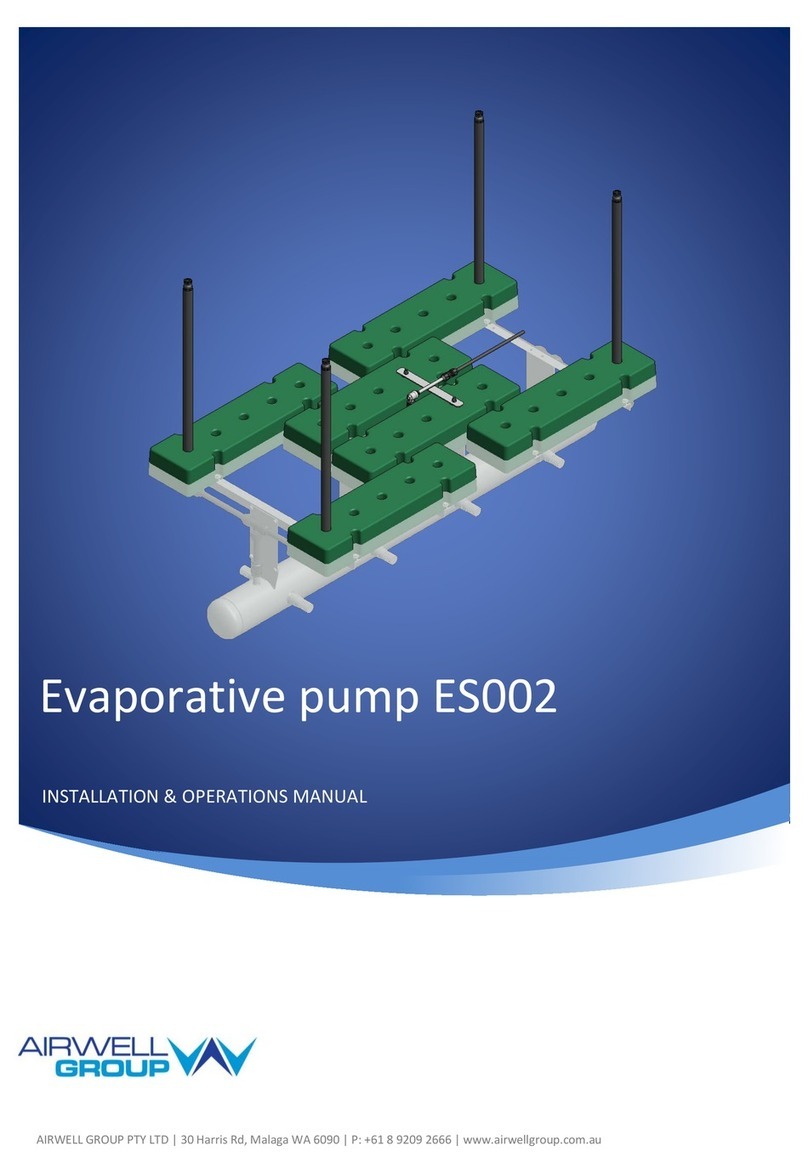
Airwell
Airwell Evaporative ES002 Installation & operation manual
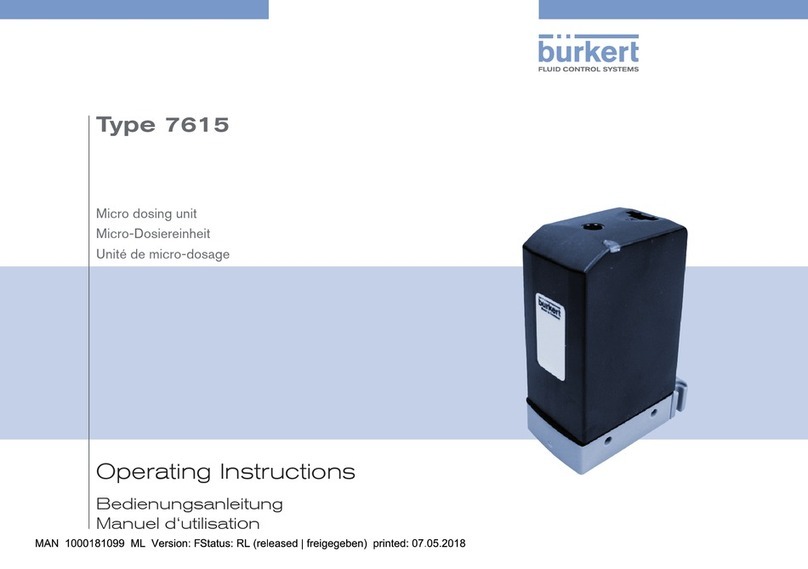
Burkert
Burkert 7615 operating instructions
